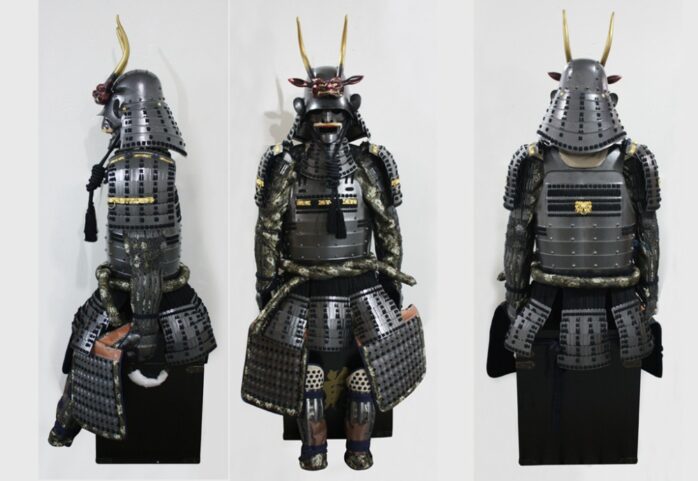
Samurai armor is not only a symbol of Japan’s warrior past but also a significant piece of art and history. Over the centuries, samurai armor has represented courage, loyalty, and honor. But as these ancient artifacts age, they need careful conservation to preserve their beauty and historical value.
Experts today work diligently to protect and restore these remarkable pieces, including different types of samurai armor like the haraate. Let’s explore why conserving these artifacts is important and how specialists are preserving them for future generations.
The Importance of Samurai Armor Conservation
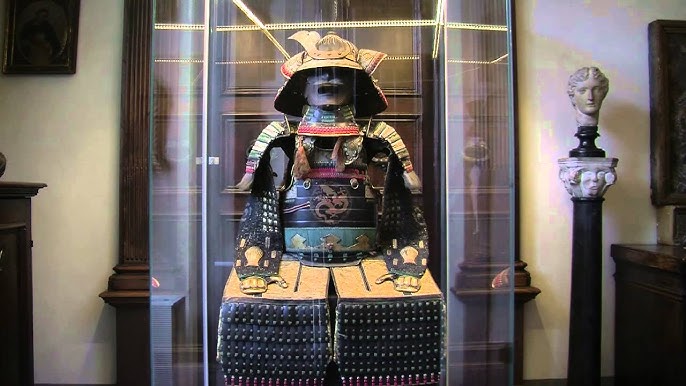
Each piece of samurai armor tells a story. These armors aren’t just protective gear; they carry the history, traditions, and craftsmanship of a unique culture.
Samurai armor was crafted to be both functional and beautiful, made from materials like iron, leather, and silk. These materials, however, can wear down over time, leading to rust, cracking, and fading.
If left untreated, samurai armor could deteriorate beyond repair, erasing pieces of Japan’s cultural heritage. Conservation ensures that future generations can experience these artifacts, learn from them, and connect with the samurai’s rich history.
Understanding Different Types of Samurai Armor
Samurai armor comes in different types, each with its unique style, structure, and purpose. Among the varieties, haraate stands out as a distinctive type of armor.
- Haraate: This is a specific kind of protective armor designed to guard the abdomen. It was popular among foot soldiers as a lighter alternative to full suits of armor, offering mobility while still protecting vital areas. Its unique design and function reflect the practical needs of samurai on the battlefield.
Other armor types include domaru and tosei gusoku, each with their own significance and construction. Each type of armor, including haraate, presents unique challenges when it comes to conservation.
Challenges in Conserving Samurai Armor
Conserving samurai armor requires specialized techniques to handle the various materials and intricate details that make up each piece. Here are some of the main challenges conservators face:
- Multiple Materials: Samurai armor often combines iron, leather, and silk. Each material reacts differently to factors like humidity and time. Iron parts are prone to rust, leather can crack, and silk can weaken or fade. Conservators must understand how to treat each material without harming the others.
- Structural Complexity: Samurai armor consists of many interconnected parts. For example, a suit might include haraate to protect the abdomen, a kabuto (helmet) for the head, and kote (armored sleeves) for the arms. Each piece must be treated individually, while also preserving the overall structure of the armor.
- Environmental Sensitivity: Samurai armor is highly sensitive to environmental changes. Humidity can cause rust, while exposure to light can fade colors. Museums use climate-controlled cases to protect armor, ensuring stable humidity, temperature, and light levels.
- Preserving Decorations and Lacing: Many samurai armors are decorated with silk cords, colorful dyes, and family crests. Over time, these decorative elements can deteriorate. Experts carefully clean and stabilize these details to maintain the armor’s appearance without compromising its authenticity.
Techniques Used in Samurai Armor Conservation
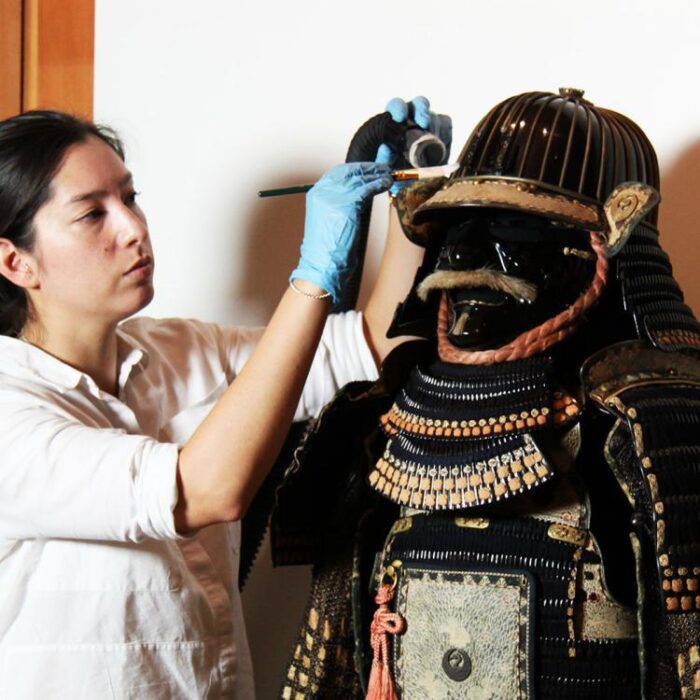
Conserving samurai armor is a delicate process that requires a mix of traditional techniques and modern technology. Here are some common methods used to restore and preserve these historical artifacts:
1. Gentle Cleaning and Surface Protection
Dust, oils, and dirt can damage armor over time. Conservators use gentle cleaning tools, like soft brushes, to remove dirt without scratching or harming the materials. For iron parts, they often apply a protective coating or wax to prevent further rust.
2. Repairing and Replacing Silk and Leather
Silk cords and leather components are often the first parts to show wear and tear. To repair these materials, conservators work with artisans skilled in traditional Japanese textile techniques. For example, if silk lacing needs to be replaced, conservators choose colors and materials similar to the originals to keep the restoration as authentic as possible.
3. Stabilizing Armor Structures
Armor types like haraate are particularly challenging to stabilize, as they require flexibility and secure lacing to maintain their shape. Conservators carefully reinforce these parts, ensuring that the armor remains functional without changing its original design.
4. Environmental Control in Display Cases
Most museums use climate-controlled cases to protect armor from humidity, temperature fluctuations, and light exposure. These cases create a stable environment, reducing the risk of rust or fading. Some museums even use UV-filtered glass to shield armor from harmful sunlight.
5. Digital Documentation and 3D Scanning
Digital documentation is crucial for long-term conservation. Conservators take detailed photographs and notes on each piece’s condition and any work done. Additionally, some museums use 3D scanning technology to create digital replicas of armor pieces. This allows researchers and enthusiasts to study the armor closely without handling the original artifacts, which could cause wear.
Famous Restorations of Samurai Armor
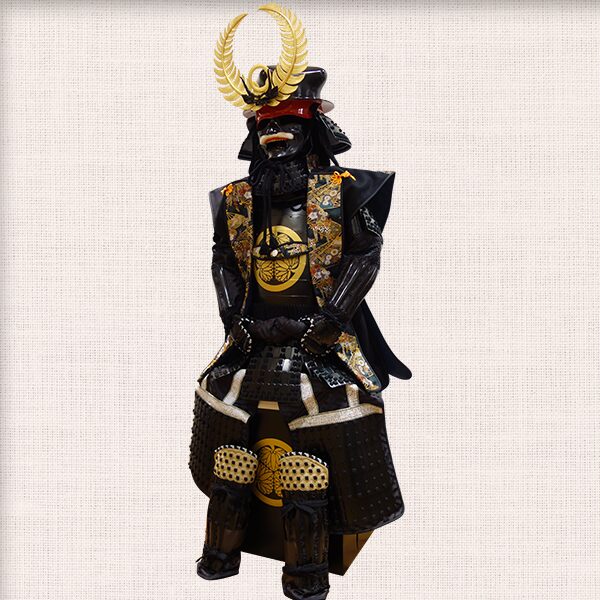
Some well-known samurai armor pieces have undergone impressive restoration projects, bringing new life to these ancient artifacts. A few notable examples include:
- Tokugawa Shogunate Armor: This armor, belonging to the powerful Tokugawa family, was carefully restored at the Tokyo National Museum. Using a mix of traditional and modern methods, conservators were able to bring out its original colors and repair damaged parts, allowing the public to see it as it might have looked centuries ago.
- Maeda Clan Helmets: The elaborate helmets of the Maeda clan are known for their unique designs and intricate details. Conservation work on these helmets highlighted the importance of collaboration between historians and artisans, preserving the original look while ensuring stability.
These restoration projects not only save pieces of Japanese history but also bring them into public view, allowing people to experience the rich heritage of samurai armor.
Conservation as a Tool for Education
The conservation of samurai armor also plays a major role in education and cultural understanding. Museums around the world display these restored armors, giving people a chance to connect with Japanese history, artistry, and the values of the samurai.
In addition to museum exhibits, educational programs often feature conserved armor pieces to teach students and historians about Japanese craftsmanship and the samurai lifestyle.
Restored armor pieces allow people to explore the past, understanding the techniques and culture that made the samurai a unique part of world history.
The Future of Samurai Armor Conservation
As technology continues to evolve, conservation techniques improve. New methods allow conservators to work with greater precision and care, ensuring that each piece is preserved for many more generations.
Advanced tools, like 3D printing, might someday make it possible to recreate or repair missing armor parts with even more accuracy.
Global partnerships between museums in Japan and abroad also support conservation efforts. By sharing research, resources, and expertise, conservators around the world can collaborate to protect and preserve samurai armor.
Conclusion
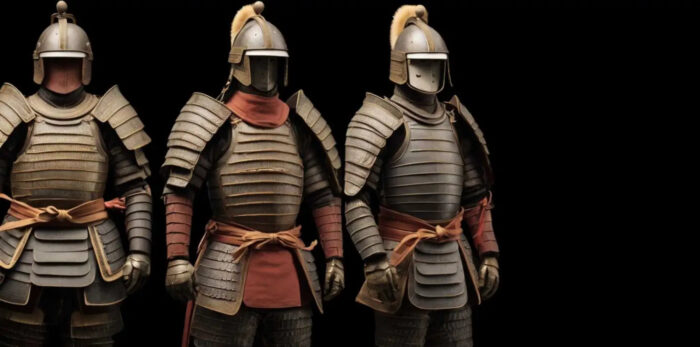
The conservation of samurai armor, including unique pieces like haraate, is essential to keeping Japanese heritage alive. Through careful restoration, conservators are saving valuable pieces of history, allowing people to connect with the samurai’s legacy.
Restoring samurai armor does more than preserve artifacts—it honors the skills, traditions, and bravery of Japan’s warriors, keeping these powerful stories alive for generations to come.







